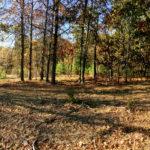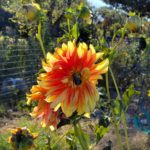
By David Meshoulam When I first tell people that I work in the field of “urban forestry” they look at me funny. “Urban areas have forests?” they ask. “I thought forests were out in the country.” But urban forestry is a real thing. Over the past several years, its importance has become increasingly recognized as a critical component of a city’s infrastructure, and rightfully so! Trees create more livable and healthy communities by cleaning and cooling our air, mitigating against flooding, and improving the mental and physical health of residents. In an era of climate change, with hotter summers leading [READ MORE]














